Anyone who’s made his or her way up a mountain is familiar with the sometimes startling transformation of the landscape, from leafy hardwood stands to thick and prickly green cathedrals of red spruce and balsam fir. Above 3,000 feet, the soil thins and the trees – called krummholz in mountaineering parlance – become noticeably shorter, bent over, and stunted by endless winds. It’s hard to believe anything can live in such an unforgiving environment, but if you’re lucky, as you crest the mountain’s peak, you may observe a low-lying sweep of colors amid the rocky cover, courtesy of flowering alpine plants.
In the Northeast, alpine plants grow in a specialized habitat of dry and rocky soil, constant winds, and cold temperatures, explained Doug Weihrauch, staff ecologist for the Appalachian Mountain Club. Alpine zones only comprise about 35 square kilometers total in the Northeast, making them just a tiny part of the region’s mountainous landscape.
But despite their relatively small presence, alpine wildflowers and other plants put on a remarkable (though short-lived) show each spring and summer. “When you’re hiking above treeline, you’re hiking into New England’s vegetation past,” Weihrauch said, referring to the tundra vegetation – the lichen, mosses, and low-growing plants – that were the first to creep in as glaciers receded.
Alpine flowers bloom in waves, with the first flowers occurring as early as May; look then for blooms of diapensia, alpine azalea, and Lapland rosebay. June brings – among others – the rare dwarf cinquefoil, the white blooms of moss plant, alpine bluets, and Labrador tea, the flowers of small cranberry, and the purple alpine marsh violet. In July, keep your eyes peeled for the Boott’s rattlesnake-root, arnica, alpine speedwell, harebell, and the miniscule flowers of eyebright. In August, while alpine aster and alpine goldenrod are in blossom, look for the fruits of alpine plants in the heath family, including mountain cranberry, small cranberry, bilberry, bearberry, and others.
We invite readers to give alpine flowers a good look this summer – an appreciative look. From a distance, diapensia might just look like a few splotches of white around some gray rocks. But take a closer look at its waxy leaves and miniature size; marvel at the fact that these delicate-looking blooms can survive in the most punishing wind exposed sites. There’s a whole new world of plants awaiting your admiration (and respect) up in the alpine zone.
Low to the Ground: Most alpine plants are only 1 or 2 inches tall, and being low to the ground has a number of advantages. The plants’ diminutive size allows them to stay out of the wind, and in winter, being small means protection under a thick snowpack. In summer, the soil temperature in alpine areas may be as much as 15 degrees higher than air temperature just centimeters above the surface.
Cushions and Mats: Some alpine plants, such as diapensia and alpine azalea, grow into a cushion or thick mat. A rounded cushion shape allows wind to fly smoothly over the plants without tussling delicate leaves. A thick mat will absorb and retain heat.
Evergreen Foliage: Evergreen leaves help alpine plants get a jumpstart on the growing season; they can start photosynthesizing as soon as the temperature rises above freezing.
Red Leaves: The leaves of some plants, such as diapensia, turn a deep reddish purple in the non-growing season. The color is caused by anthocyanin, which absorbs ultraviolet rays and converts them into heat energy, which warms the plant earlier in the growing season.
Thick, Waxy Leaves: Thick foliage helps alpine plants deal with excessively well-drained soil in summer and the ever-present drying winds. “Plants need to keep stomates open to allow photosynthesis and respiration, but this also lets out moisture, especially in windy conditions,” Weihrauch explained. Thick leaves help in two ways. “They are less likely to be torn or damaged by high winds, which are frequent above treeline, and [their thickness] reduces the surface area exposed to desiccating winds.” Many of the leaves, such as those of mountain cranberry, produce a waxy cuticle to aid in water retention.
Fuzzy, Curled Leaves: Even for alpine plants that grow in areas with adequate soil moisture, desiccation can be a battle for at least part of the year. Fuzzy leaves can help retain moisture by “combing moisture out of clouds,” Weihrauch said, and retaining that moisture near the leaf surface when the air dries out. For a plant like Labrador tea, hairs on the undersides of the leaves protect the stomates, which, when open for gas exchange, lose water. Moisture loss through the leaves increases under high winds and when there is a big differential between moisture levels within the leaf and the surrounding air. A barrier of moist hairs on the underside lessens that differential. Labrador tea also has leaf margins that curl under as another way to lessen wind exposure and the moisture loss that would occur in a more exposed leaf surface.
Slow Growth: Slow growth keeps these plants from growing unnecessarily high, which is dangerous in the alpine zone. Extra height means more exposure to winds and the risk of becoming taller than the snowpack. “In a good year, they’re lucky to put on a few inches of growth,” Weihrauch said. He noted that some plants the size of a quarter may be 25-50 years old.
Where to Find Them
Lace up your boots and pack an extra layer: it’s time to ascend the great alpine peaks of the Northeast in search of alpine flora. Weihrauch noted that any hiker in the alpine zone should stick to trails or step or skip from rock to rock to avoid walking on the plants, which can die from being trampled. “They haven’t evolved to have a bunch of people hiking all over them,” Weihrauch said with a laugh.
New Hampshire: The Presidential Range, particularly Mount Washington’s Alpine Garden, Franconia Ridge (Mount Lafayette and Mount Lincoln), Mount Cardigan, Mount Monadnock, South Twin, Mount Chocorua, Mount Moosilauke, Mount Hight, South Baldface.
Vermont: Camel’s Hump, Mount Mansfield, Mount Abraham.
Maine: Katahdin Range, Saddleback Mountain, Bigelow Range, Mahoosuc Range (straddling the New Hampshire-Maine border), The Baldpates, Sugarloaf Mountain, Mount Abraham, Mount Desert.
New York: Mount Abraham, Whiteface, Mount Marcy, Algonquin.


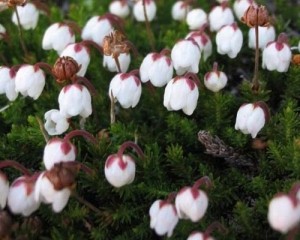
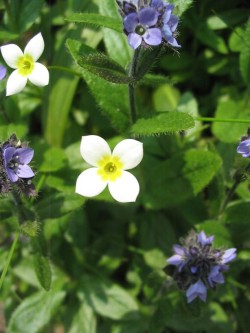
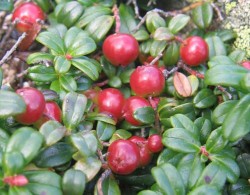
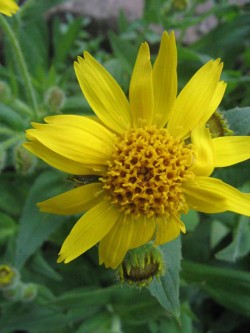
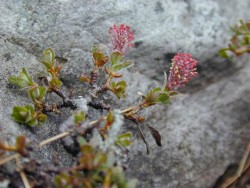
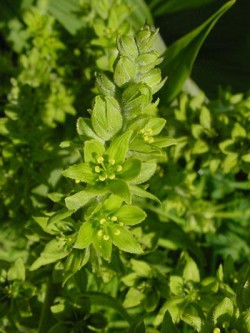
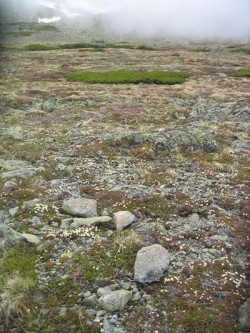

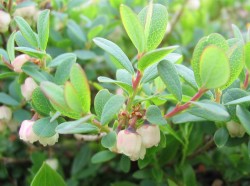
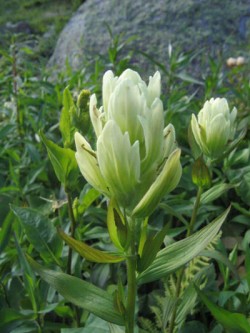

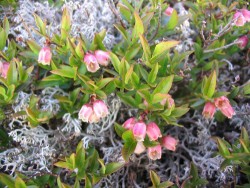
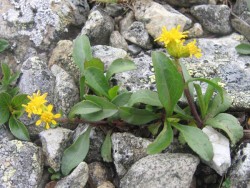
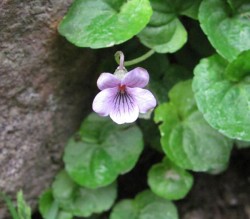
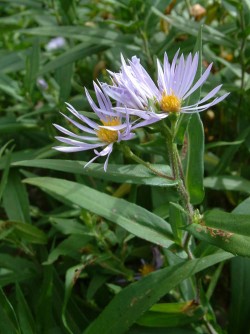
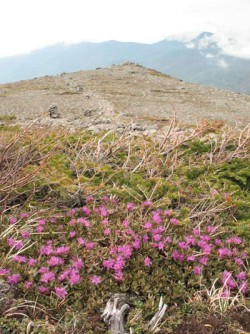
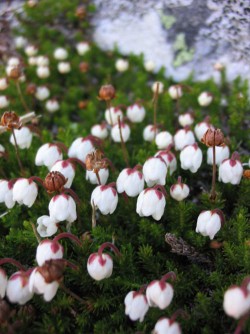
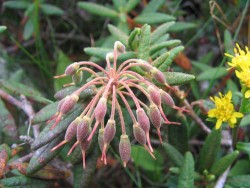
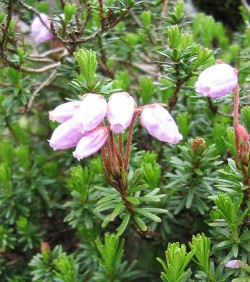
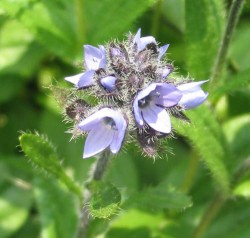
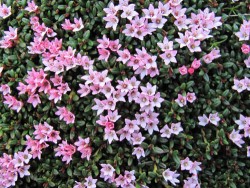
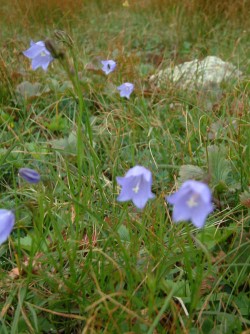
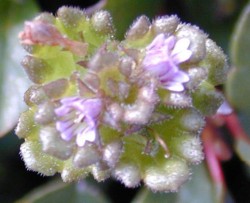
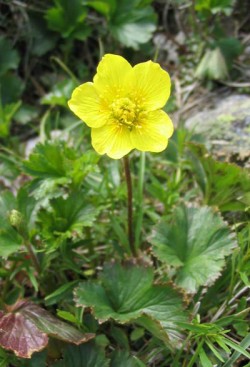
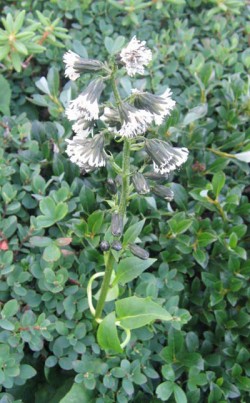
Discussion *